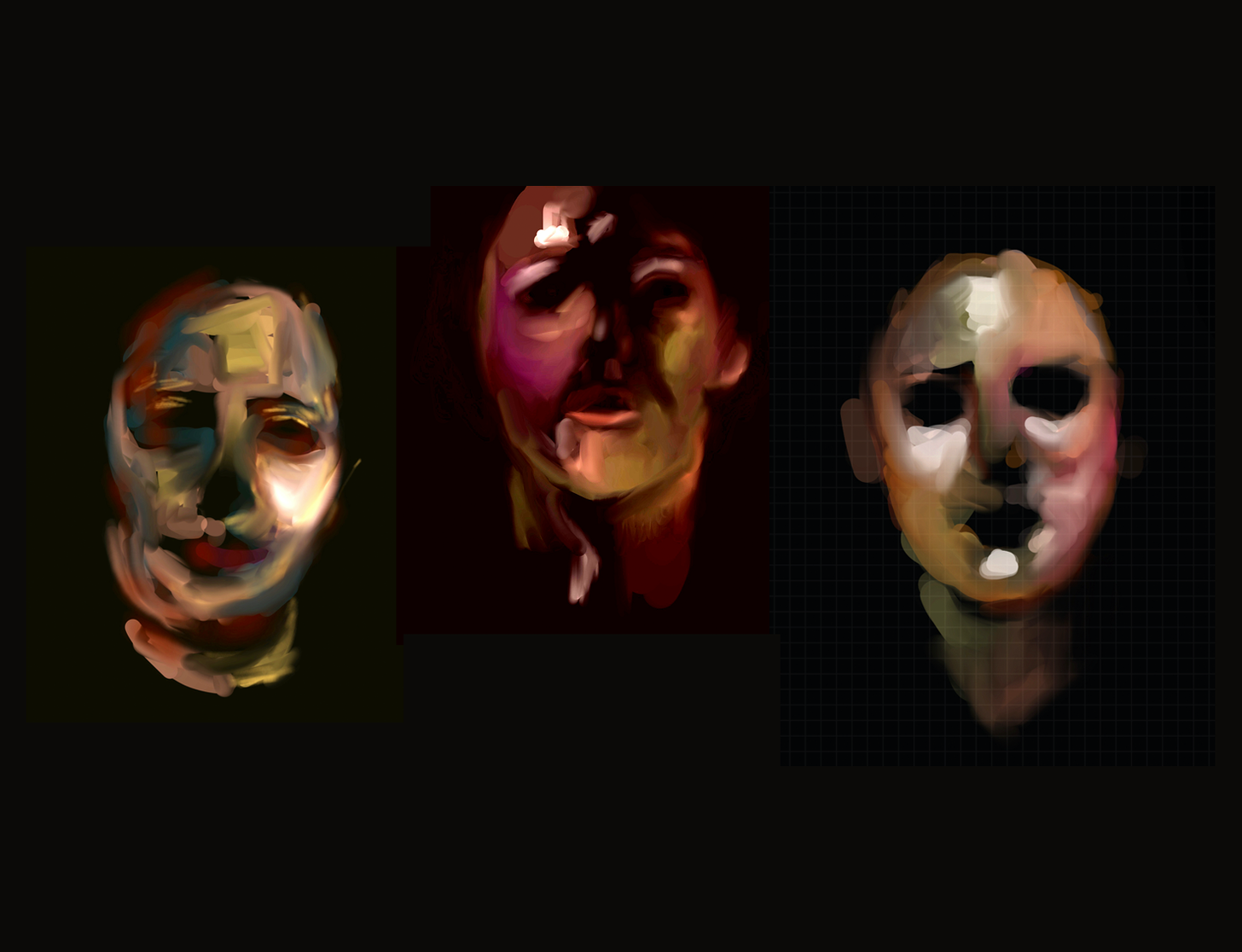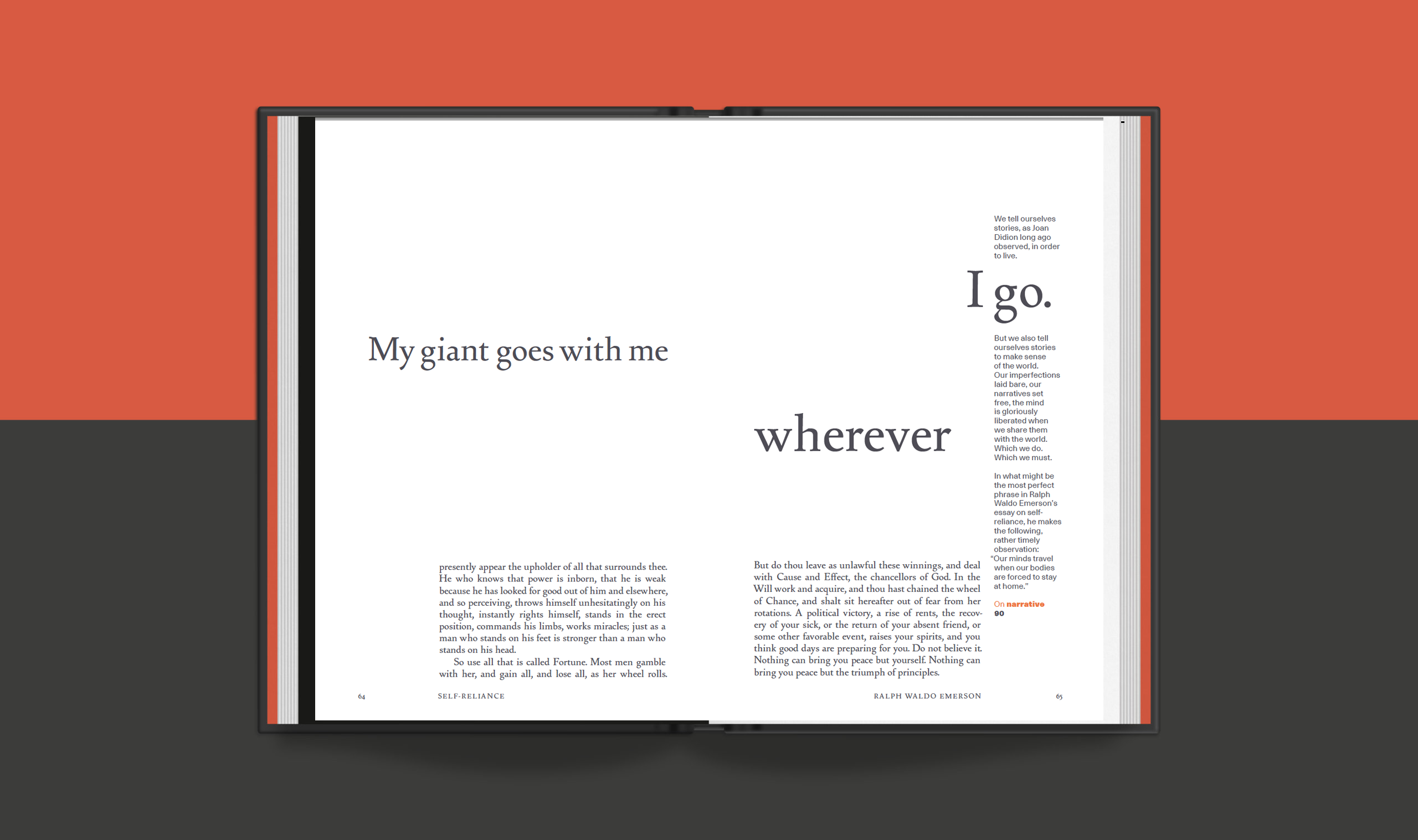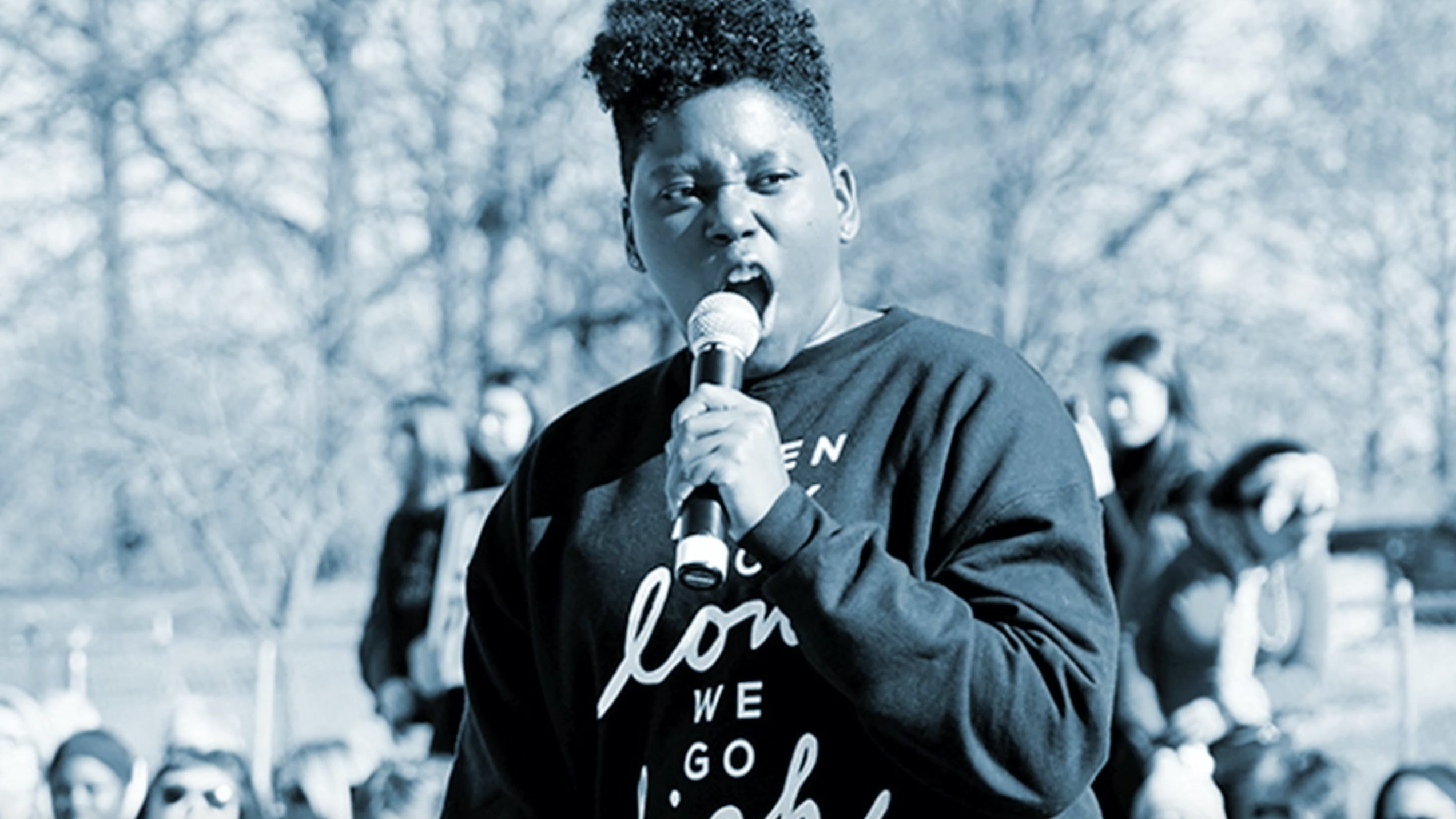
Jessica Helfand|The Self-Reliance Project
December 31, 2009
Reflecting
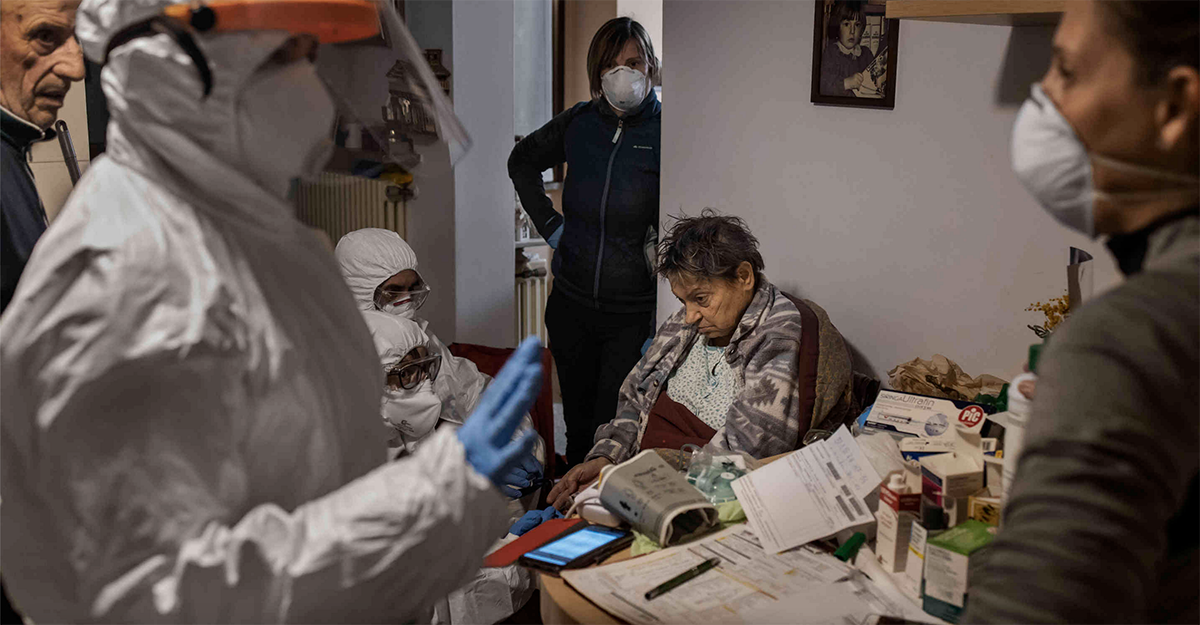
Maddalena Peracchi photographed by Fabio Bucciarelli for the New York Times on March 19 in her home in Gazzaniga, Italy.
A woman sits surrounded by a swat team of Red Cross workers. Bodies cloaked in the protective armor of hazmat gear, their eyes goggled and mouths masked, they’re noblemen, these people, blue-fisted superheroes on the front lines of urgent care.
But it is the patient’s face that pulls focus. Unmasked, eyes cast downward, her beautiful, heavy lids at half-mast, she gazes imperceptibly ahead at everything. And at nothing.
I know this face.
Since last summer, I have been working in my studio with a collection of photographs—produced a century ago for the American neurologist Harvey Cushing—of his patients, many of whom had brain tumors. There are between ten and fifteen thousand images in this archive, most of which have never been seen.
I’ve looked through about two thousand of them, and here is what I can tell you.
Photographs like these are trenchant reminders about who we are as a people. This is not about privilege or providence, about age or race or gender. Many, if not most of these patients knew that they were probably going to die, and the look on their faces—of resignation, despondency, and a kind of solemn grace—is at once timeless and universal.
In Fabio Bucciarelli’s exquisite portrait of Maddalena Peracchi, published a few days ago in the New York Times, I see the same expression. Pictures don’t lie. And nor should we.
Stories of sufffering are now a fixture in our news feeds. But it is images like this that cut through all the reportage and the rhetoric because they offer us a mirror on something else, something hard to see, perhaps, because it is so familiar. To stop and reflect for a moment on the universality of one person’s profoundly human expression is an aggregation of everything you know to be true, even if it pains you to do so. (The world whips you with its displeasure, Emerson wrote.) Self-reliance, in this context, might just be a wake-up call. Our faces testify to what are, in the end, indelible truths.
That woman in Bucciarelli’s photograph could be any of us—and, in a sense, she is. I know this face. And you should know it, too.
Observed
View all
Observed
By Jessica Helfand

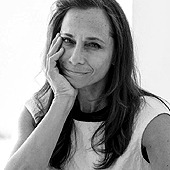 Jessica Helfand, a founding editor of Design Observer, is an award-winning graphic designer and writer and a former contributing editor and columnist for Print, Communications Arts and Eye magazines. A member of the Alliance Graphique Internationale and a recent laureate of the Art Director’s Hall of Fame, Helfand received her B.A. and her M.F.A. from Yale University where she has taught since 1994.
Jessica Helfand, a founding editor of Design Observer, is an award-winning graphic designer and writer and a former contributing editor and columnist for Print, Communications Arts and Eye magazines. A member of the Alliance Graphique Internationale and a recent laureate of the Art Director’s Hall of Fame, Helfand received her B.A. and her M.F.A. from Yale University where she has taught since 1994.
